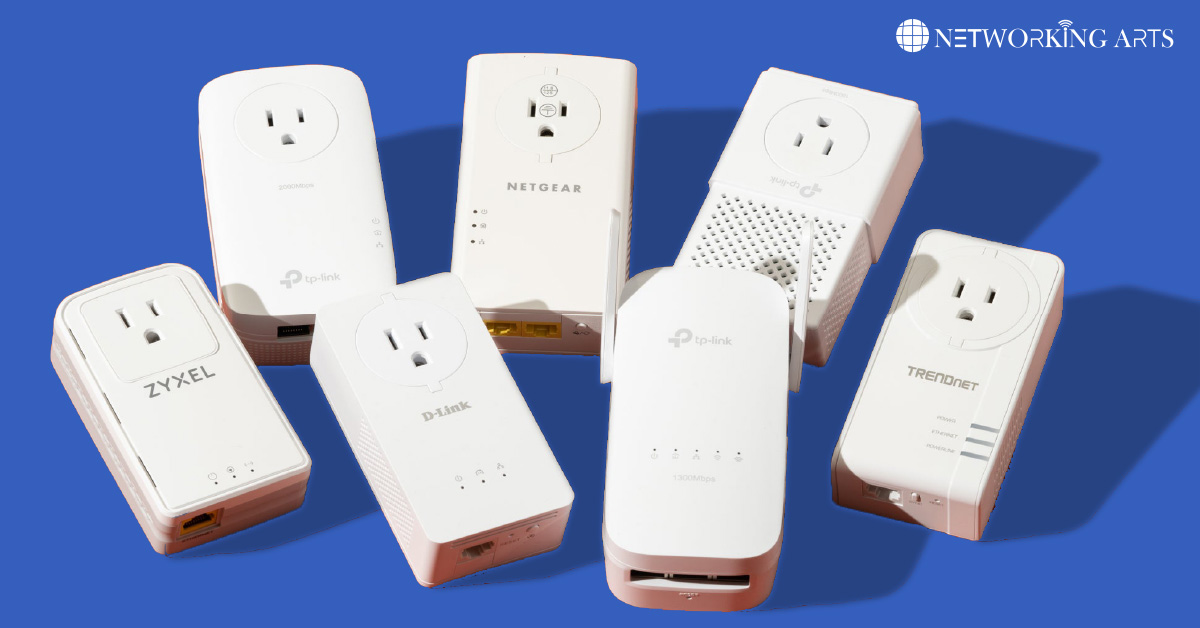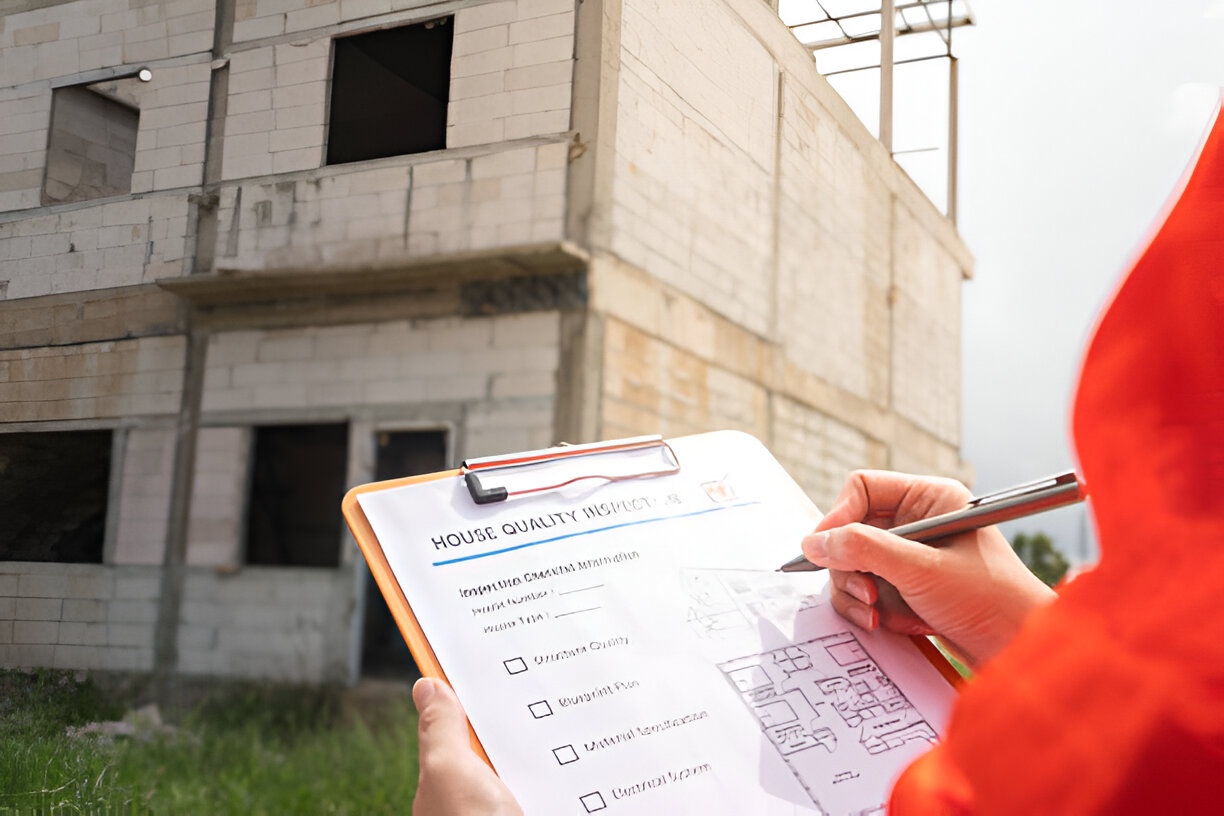Subtotal $0.00
In today’s digital age, having reliable networking equipment is essential for both personal and professional environments. Whether you’re setting up a home network or outfitting an entire office, understanding what to buy can be daunting. This guide will help you navigate the various types of networking equipment available, factors to consider when making a purchase, and tips for ensuring you get the best value for your investment.
Understanding Networking Equipment
Networking equipment refers to the hardware devices that facilitate communication between computers and other devices within a network. These devices can be classified into several categories, each serving a specific function to ensure smooth and efficient data transmission.
1. Routers
A router is a central component of any network, directing data packets between devices and connecting your local network to the internet. When purchasing a router, several factors should be carefully considered:
- Speed: Measured in Mbps, a router’s speed is crucial for activities such as streaming high-definition videos, gaming, and video conferencing. Look for routers with at least 802.11ac or 802.11ax (Wi-Fi 6) standards, which offer faster data rates and better performance in crowded environments.
- Range: A router’s range is significant, especially in larger homes or offices. Dual-band routers operate on both 2.4 GHz and 5 GHz frequencies, allowing for greater flexibility and performance. Tri-band routers take this a step further by adding another 5 GHz band, making them ideal for multiple users and devices.
- Security Features: In an age of rampant cyber threats, ensuring your router has robust security features is paramount. Look for routers that support WPA3 encryption, have built-in firewalls, and offer automatic firmware updates to keep your network safe from vulnerabilities.
- Additional Features: Many modern routers come with extra features like Quality of Service (QoS) settings, parental controls, and guest network capabilities, which can enhance user experience and network management.
2. Switches
Network switches connect multiple devices within a local area network (LAN). They act as traffic controllers, managing the data flow between devices. Switches come in two main varieties: managed and unmanaged.
- Managed Switches: These allow you to configure settings and prioritize traffic, which is beneficial for larger networks where certain devices (like servers or workstations) may need more bandwidth. Managed switches also provide features like VLAN support and port mirroring, making them ideal for businesses with complex networking needs.
- Unmanaged Switches: Unmanaged switches are often sufficient for simpler setups. They are plug-and-play solutions that require no configuration, making them perfect for small networks where ease of use is a priority.
- Number of Ports: Consider the number of devices you plan to connect. Switches come with varying numbers of ports, typically ranging from 5 to 48. Opt for a switch that allows for future expansion to accommodate new devices.
3. Access Points
Access points (APs) are essential for extending your network’s coverage, especially in larger spaces where a single router may not suffice. They connect to your router via Ethernet and provide additional Wi-Fi coverage.
- Compatibility: Ensure the access point works well with your existing router and supports the same Wi-Fi standards. This compatibility ensures seamless connectivity and optimal performance.
- Wi-Fi Standards: Look for devices that support the latest Wi-Fi 6 (802.11ax) for improved performance. Wi-Fi 6 provides higher data rates, increased capacity, and better performance in environments with many connected devices.
- PoE (Power over Ethernet): Some access points support PoE, allowing them to receive power and data through a single Ethernet cable. This feature simplifies installation and reduces cable clutter, making it easier to place the AP in optimal locations.
4. Modems
If you’re connecting to the internet, you’ll need a modem to translate signals between your ISP and your network. Choosing the right modem is crucial for achieving optimal internet speeds.
- Type: Most residential users opt for cable modems, but those with fiber optic connections will need a fiber modem. Ensure the modem is compatible with your ISP and can handle the speed tiers they offer.
- Speed Ratings: Look for modems with speed ratings that match or exceed your internet plan’s maximum speed. This ensures you’re getting the performance you pay for, especially during peak usage times.
- Built-in Router: Some modems come with a built-in router, offering a combined solution that can save space and reduce the number of devices. However, separate devices often provide better performance and more features, so consider your specific needs.
5. Network Cables
Ethernet cables are essential for wired connections, providing stable and fast communication between devices. Choosing the right type of cable is vital for ensuring optimal network performance.
- Category: The most common types of Ethernet cables include Cat5e, Cat6, and Cat6a. Cat5e cables support speeds up to 1 Gbps, while Cat6 can handle speeds up to 10 Gbps over shorter distances. Cat6a offers even better performance for longer runs. If you plan to upgrade your network in the future, investing in higher category cables may be wise.
- Length: Measure the distance between devices to avoid excess cable. It’s best to choose the shortest cable that meets your needs, as longer cables can lead to signal degradation.
- Shielding: For environments with high electromagnetic interference (like industrial settings), consider shielded Ethernet cables (STP) to reduce the risk of interference.
Factors to Consider When Buying Networking Equipment
When you’re ready to buy networking equipment, several key factors can help you make informed decisions:
1. Budget
Establish a budget before shopping. While it may be tempting to go for the cheapest option, investing in quality equipment can save you money in the long run through improved performance and longevity. Higher-quality devices often have better build quality, longer lifespans, and advanced features that can enhance your network’s efficiency.
2. Future Needs
Consider your future networking needs. If you plan to add more devices or upgrade your internet service, it may be wise to invest in higher-capacity equipment now. Planning for scalability can help you avoid the need for frequent upgrades and ensure your network can handle increased demand.
3. Brand Reputation
Choose reputable brands known for reliability and customer support. Brands like Cisco, Netgear, TP-Link, and Ubiquiti often receive high ratings from users. Reading customer reviews can provide insight into the experiences of others and help you make more informed choices.
4. Warranty and Support
Look for products that come with a warranty and reliable customer support. This can be crucial if you encounter issues post-purchase. A good warranty provides peace of mind, while responsive customer support can help resolve any technical challenges you may face.
Where to Buy Networking Equipment
You have several options when it comes to purchasing networking equipment, each with its advantages:
1. Online Retailers
Websites like Amazon, Newegg, and Best Buy offer a wide range of products, often with customer reviews that can guide your decision. Online shopping allows you to compare prices easily and find the best deals, but be mindful of shipping times and return policies.
2. Local Electronics Stores
Visiting a local store can give you the chance to ask questions and receive personalized recommendations from sales staff. Local stores often have knowledgeable staff who can help you find equipment that meets your specific needs.
3. Direct from Manufacturers
Buying directly from manufacturers can sometimes yield better deals, especially during promotions or clearance events. This option can also ensure you receive the latest models and features available.
4. Wholesale Suppliers
If you’re outfitting a larger office or business, consider purchasing from wholesale suppliers. These vendors often provide discounts for bulk purchases, allowing you to save significantly on large orders.
Setting Up Your Networking Equipment
Once you’ve purchased your networking equipment, setting it up correctly is crucial for optimal performance. Here are some tips:
1. Read the Manual
Always start by reading the manual that comes with your equipment. This will provide specific instructions for setup and configuration. Each device may have unique features and settings that can significantly impact performance.
2. Positioning
Place your router in a central location to maximize coverage. Avoid placing it near walls or obstructions. Elevating the router can also improve signal strength, as Wi-Fi signals can be hindered by physical barriers.
3. Secure Your Network
After setup, ensure you secure your network by changing default passwords, enabling WPA3 encryption, and setting up a guest network for visitors. A secure network protects your personal data and prevents unauthorized access.
4. Regular Updates
Keep your equipment’s firmware up to date. Manufacturers often release updates to improve performance and security. Regularly check for updates to ensure your network is running smoothly and securely.
5. Monitoring Performance
Consider using network monitoring tools to keep an eye on your network’s performance. These tools can help you identify bottlenecks and troubleshoot issues quickly, ensuring your network runs efficiently.
Conclusion
Investing in the right networking equipment is essential for ensuring smooth communication and connectivity in today’s tech-driven world. By understanding the types of devices available and considering factors such as budget, future needs, and brand reputation, you can make informed decisions that will serve you well in the long term. With the right setup, your home or office network can provide reliable connectivity for all your devices, ensuring that you stay connected when it matters most. By following this comprehensive guide, you can approach your networking needs with confidence, knowing you’ve equipped yourself with the knowledge to make the best choices for your environment.









